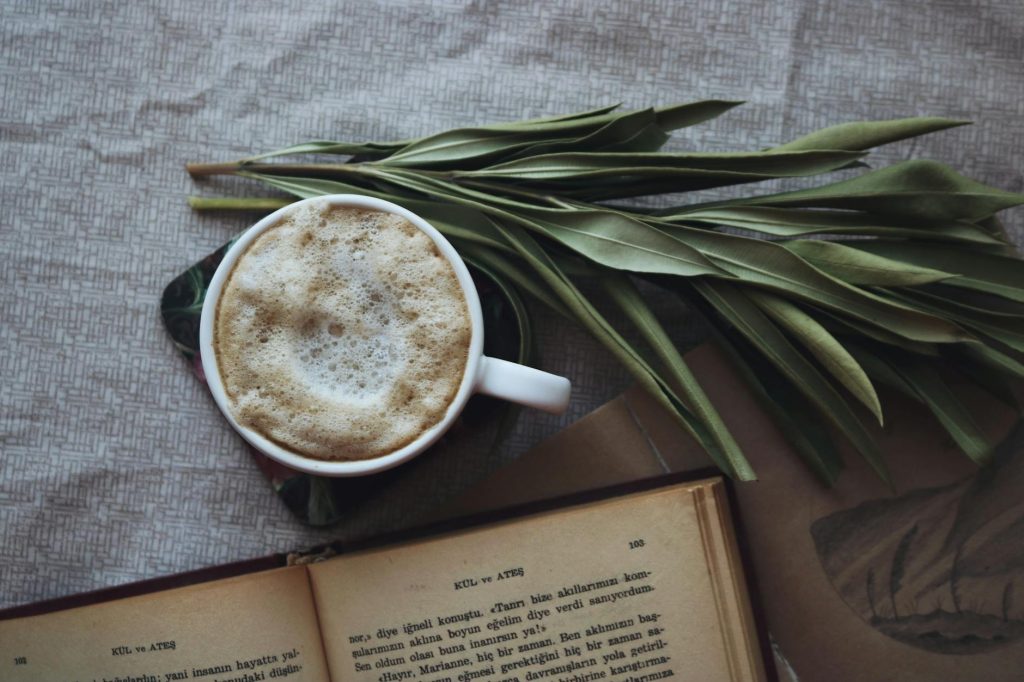Coffee houses. They’re not just places to grab a caffeine jolt; they’ve been cultural crucibles for centuries. Think about it: From the dimly lit Parisian cafes of the 19th century to the bustling artisanal coffee shops of today, coffee has been a consistent presence, fueling conversations, ideas, and the creative process. It’s time we give the humble bean its due, recognizing its outsized role in shaping art, literature, and, heck, even the world.
The Bean as Muse: Coffee’s Role in Art
Coffee’s aesthetic influence is vast. Painters, sculptors, and photographers have long been captivated by the rituals surrounding the brew. The warm glow of a cafe, the clinking of cups, the intense focus of a writer or artist – these are all scenes ripe with visual potential. Consider the work of Edgar Degas, whose paintings often captured the atmosphere of Parisian cafes, portraying the social dynamics and the quiet moments of reflection that coffee facilitated. Or, look at the still life paintings that celebrate the beauty of a coffee cup and a freshly poured brew.
The coffee break also provides a subject of discussion. These moments of respite are as valid a subject as portraits or landscapes, as they are times to reflect on life, trade, or simply survive. Some have even utilized coffee itself as a medium. Coffee painting, where coffee is used as an ink, is a technique that has seen a resurgence, creating rich, sepia-toned artworks. This is where creativity and coffee intersect – taking something common and turning it into art.
The very act of drinking coffee can influence the creative mind. Studies show the connection between moderate caffeine intake and enhanced cognitive function. While a shot of espresso won’t magically grant you artistic genius, it can help you enter the zone, where ideas flow more freely. The connection between coffee and the arts is undeniable, transcending mediums and eras. So raise your cup to the artists, the poets, and the everyday creatives who find inspiration in every bean and brew.
Coffee and the Written Word: A Literary Brew
Literature is brimming with coffee references. From the philosophical discussions in Parisian cafes to the morning rituals of the modern-day protagonist, coffee has been both a plot device and a symbol. In Honoré de Balzac’s novels, coffee is almost a character in itself. He famously wrote about his own coffee obsession, consuming copious amounts to fuel his writing. His stories often feature characters fueled by, or sometimes destroyed by, their dependence on the drink, reflecting its powerful impact.
Think about it – the gathering spots of literary circles were frequently coffee houses. The exchange of ideas, the heated debates, the genesis of new movements often started over a cup. Coffee, in this sense, provided a fertile ground for intellectual exploration, helping writers cultivate characters, dialogue, and narratives.
Beyond novels and poetry, the influence of coffee even extends to the business world. Coffee breaks serve as both the fuel and environment for brainstorming sessions and impromptu meetings. For any company, if they want to see employee productivity and efficiency increase, they need to consider how they are incorporating coffee breaks into the workday. The creation of a space where employees can gather to drink coffee helps with employee mental health, and can lead to increased productivity.
The National Coffee Association provides detailed research into the coffee industry’s impact in the United States, including its effect on the economy. You can find statistics on coffee consumption and the overall industry at their website NCA USA.
Coffee’s Global Brew: Cultural Impact
The story of coffee is a story of global exchange, from its origins in Ethiopia to its worldwide embrace. Each culture has adapted coffee to its tastes and rituals. Turkish coffee, with its thick, syrupy consistency, represents a strong part of their society. Vietnamese coffee, often made with condensed milk, offers a completely different, sweet taste. The diverse ways coffee has been embraced reflect each society’s specific traditions and values.
Coffee houses have served as important meeting places. They have provided spaces for political discussions, social interactions, and artistic expression. In many cultures, coffee is a symbol of hospitality and community. The act of sharing a cup creates bonds between people. It also represents a moment to slow down. In the fast-paced world we live in, enjoying a cup is one of the few moments of peace. It allows us to connect with our friends and family.
Coffee production is a complex global industry. From the farmers who grow the beans to the baristas who brew the drinks, many people contribute to the final cup. Understanding the different aspects of this industry is one of the keys to understanding coffee. The global coffee market is affected by trade relations, market fluctuations, and of course, climate change. You can gain further insights from the World Bank, offering detailed reports and analysis on coffee production, trade, and its impact on various economies.
Coffee’s journey is far from over. As cultures evolve, so does our relationship with the brew. We will continue to see innovation in the art, literature, and business world.
And if you’re looking to get a caffeine-fueled edge on your trading game, I’ve got just the thing. Forget the fancy porcelain – you need a swing trader coffee mug. Because even the sharpest minds need a good vessel.


